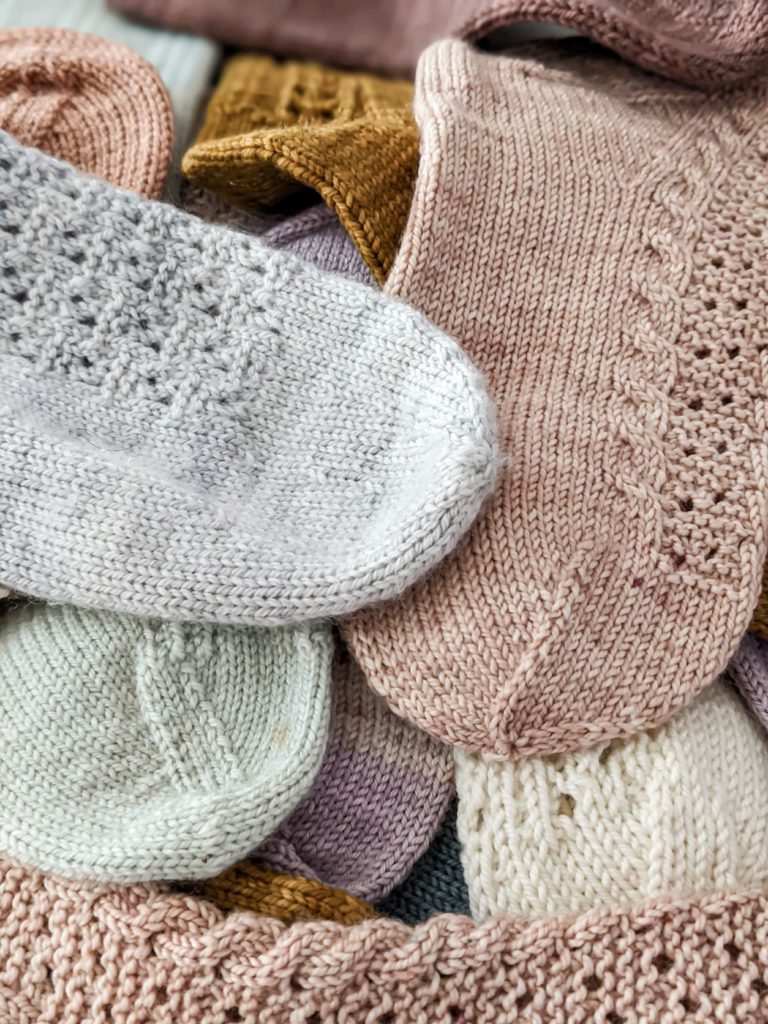
One of the things I love most about handknit socks is the way they are so customizable. Feet come in infinite shapes and sizes, after all. With a little know-how, you can do a lot to make socks fit your own unique feet. For this Socktober post, I thought it would be helpful to talk about some of my favorite knit sock toes and why I think they’re great for specific foot shapes.
There are a lot of sock toe variations out there. This blog post is going to focus on cuff-down socks, so I won’t have info here about toe-up sock toes. I also can’t cover all the possible sock toe variations out there. That would take forever, and nobody wants a blog post that long! So I’ve narrowed things down to my three favorites.
In this post, I’ll cover the wedge toe, the round toe, and the star toe. These are my three favorite shapes that I return to on a regular basis. When it’s time for me to design a new sock, you can almost guarantee I’ll choose one of these three shapes.
The Wedge Toe: The Most Common Knit Sock Toe

The classic wedge toe is probably the most common of the knit sock toes used in sock design.
To work this toe, use the top half and bottom half of the sock. You’ll narrow it with left-leaning and right-leaning decreases on each side so that the toe tapers toward the middle. When it is narrow enough, the toe is closed off using a Kitchener stitch seam.
This is a popular toe shape for people with shorter toes or toes that are relatively straight across. But what if your toes are a little longer but you still really like the wedge toe? Well, you can make it deeper by adding a few rounds of plain knit stitches before you start the decreases.
The wedge toe is also a great toe shape for beginner sock knitters. It’s relatively uncomplicated—just a knit round, followed by a decrease round, repeated until it’s time to seam the toe.
Knitters who do not like working the Kitchener stitch seam or who dislike the feeling of a seam across their toes, however, might prefer the round toe or the star toe, discussed below.
The Round Toe: A More Spacious Toe

The round toe is the deepest of the three toes I use most often.
To work this toe, use a multiple of eight stitches and decrease to a central point. Between each decrease round is a decreasing number of plain knit rounds. As a result, the decreases happen faster both horizontally and vertically as you get closer to the tip of the toe.
This is a popular toe shape for people with longer toes overall or whose middle toes might be longer than their big toe. That’s because it has a shape that more naturally echoes that profile.
On the other hand, this toe is the most complex of the toes in this post. It involves keeping track of both stitch counts and round counts. If you’re the kind of knitter who prefers a toe where you don’t have to keep track of quite so many components, you might prefer the wedge toe or the star toe.
The Star Toe: A Fun Twist On An Old Favorite

The star toe is an elegant variant on the wedge toe.
Instead of working the decreases symmetrically across the top and bottom of the sock, the decreases are worked in radiating spokes toward the center point of the toe. The stitches need to be evenly divisible by four to work the star toe.
Like the round toe, the star toe is popular among knitters who don’t like the Kitchener stitch or who have middle toes that are longer than their big toe. It is a shallower toe akin to the wedge toe, though. The number of rounds across which it’s worked is comparable to the rounds in a wedge toe. If you would like to make it deeper, you can simply add a few rounds of plain stockinette before starting the decreases.
For more reading on customizing your knit sock toes, check out this great post from Kate Atherley over at the MDK Blog, where she talks about grafting your sock toes in a way that doesn’t cause funny corners.
Let’s stay connected!
Join my newsletter for 30% off all new releases, regular updates with helpful tips and tricks, first crack at registration for upcoming workshops, exclusive discounts, and more.
Prefer to read without ads? Join my Patreon, which starts at just $1 a month!
Join the A Bee In The Bonnet Facebook Group to participate in knitalongs and other fun community events
Come hang out with me on the A Bee In The Bonnet TikTok
Follow along on the A Bee In The Bonnet Instagram
Get inspired via the A Bee In The Bonnet Pinterest

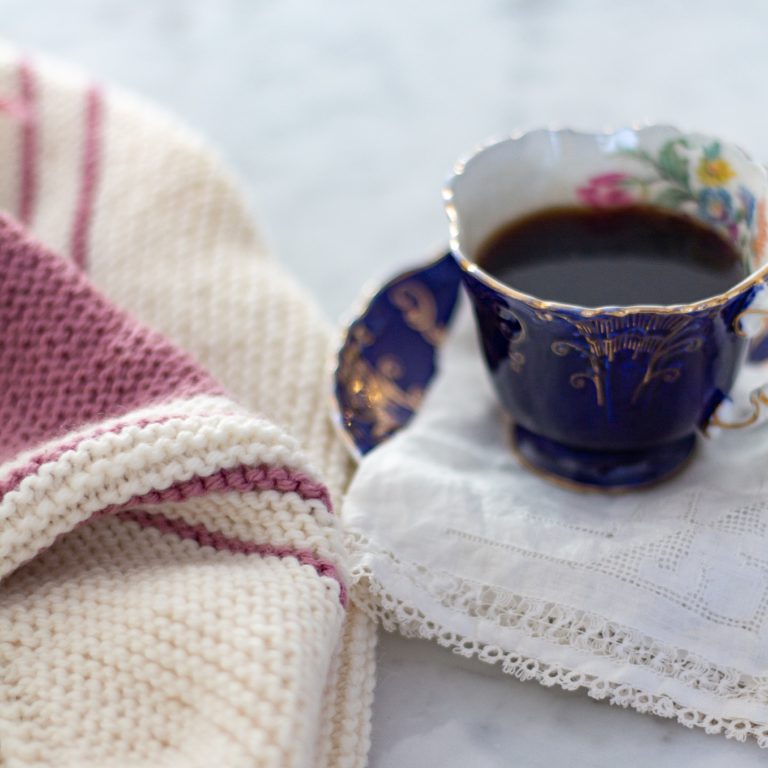
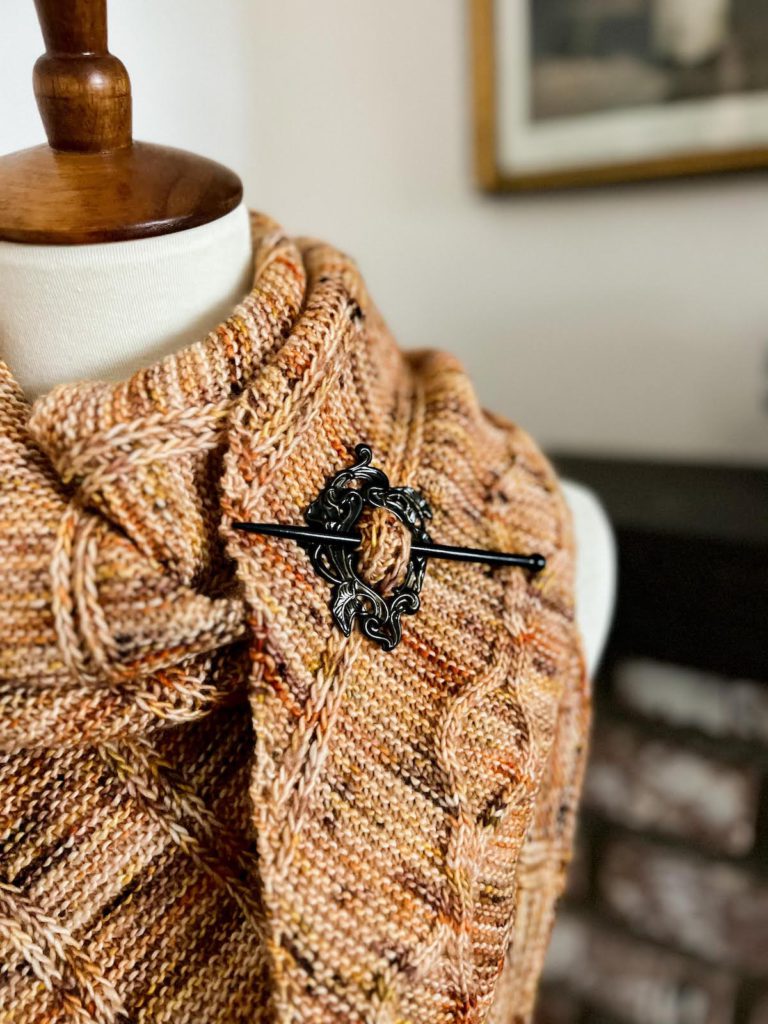
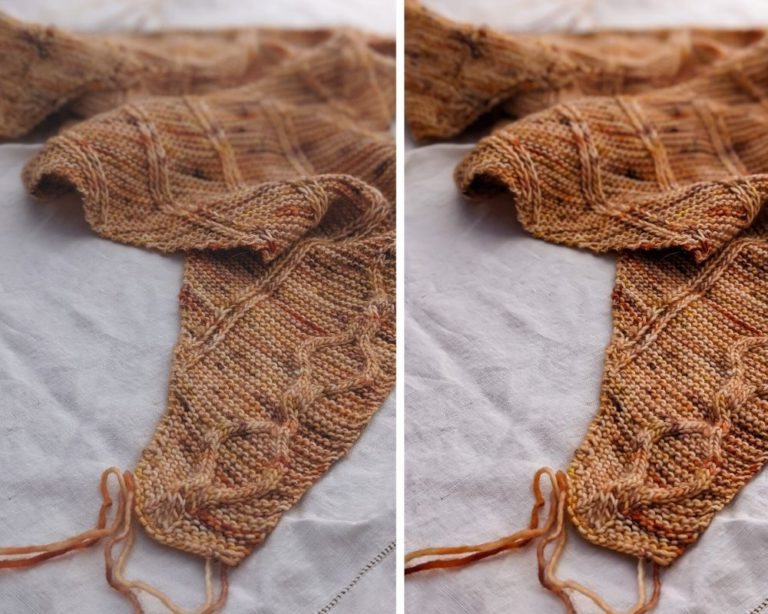
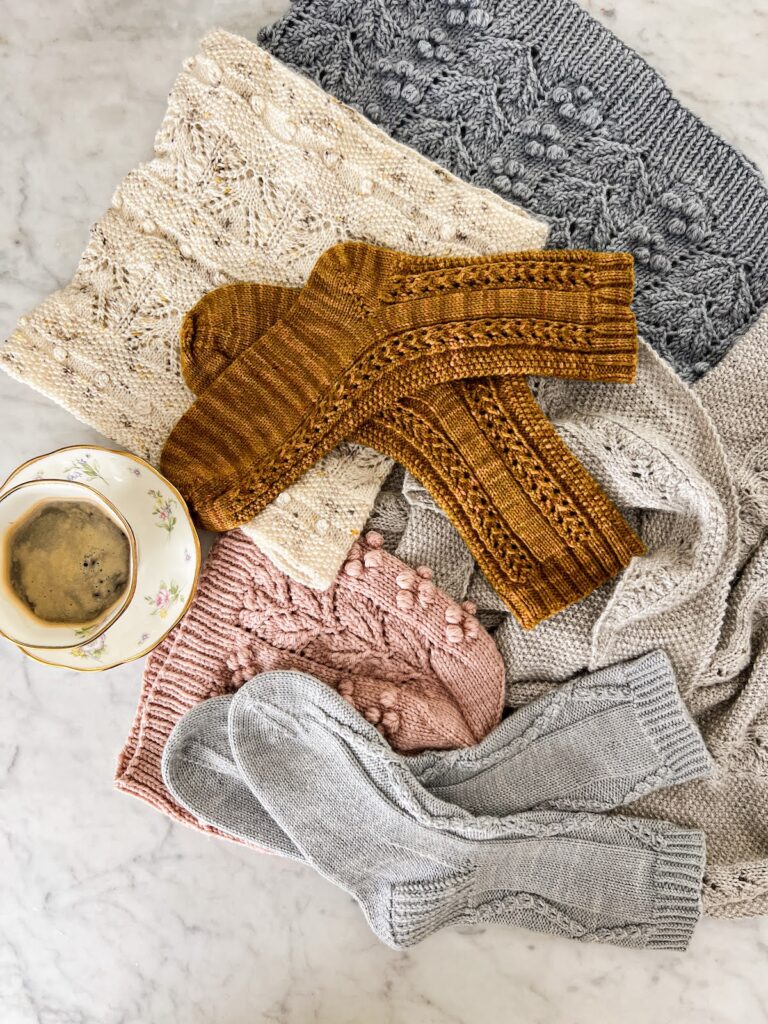
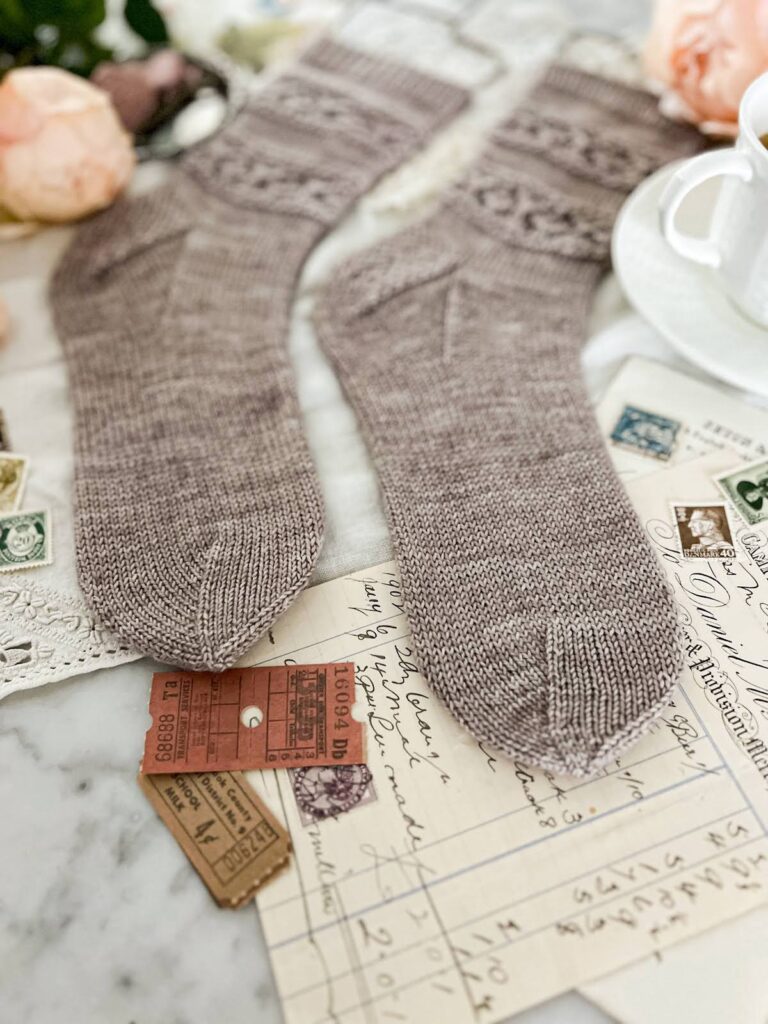
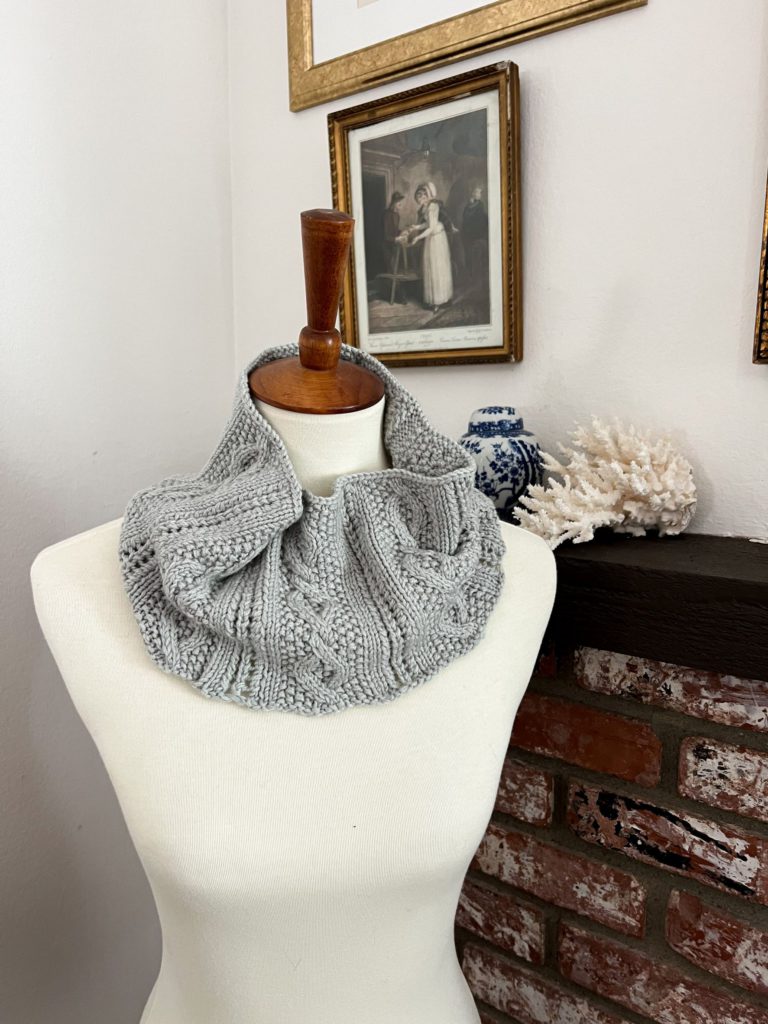
Oh wow, you are a sock master! I never thought there were so many types of knitted socks toes!
I don’t know about sock master, but I do sure love them! They’re wonderfully adaptable and customizable, but also very, very portable. I love being able to just toss one in my purse and go.
Hello – can you tell me what is the type of toe in commercial socks, with the seam on top of the toes?
I cannot find this anywhere (yet).
THANK YOU!
You’re probably looking for a wedge toe. That’s the closest I’ve found, though looking at my store-bought socks, the decreases along the toe aren’t quite so pronounced.